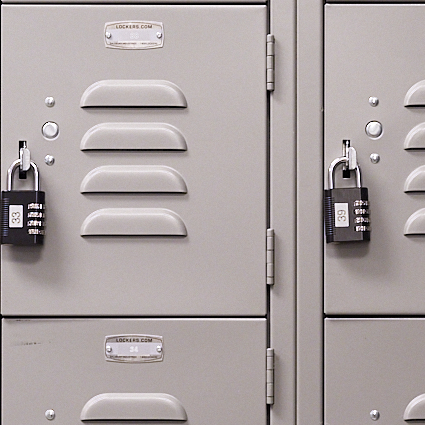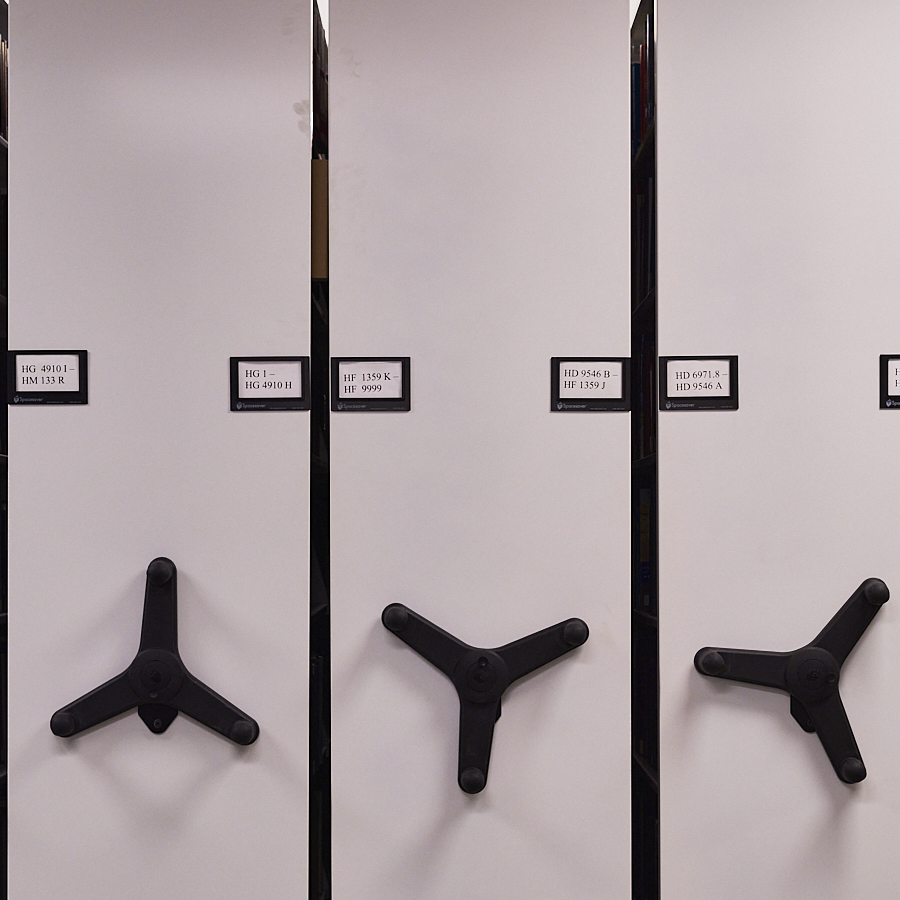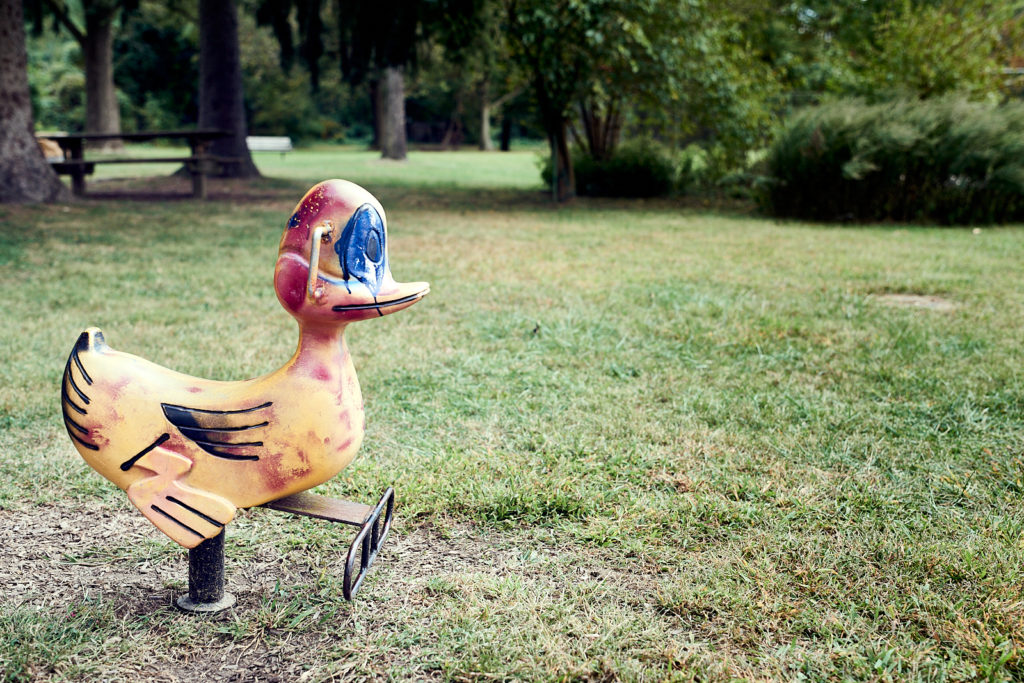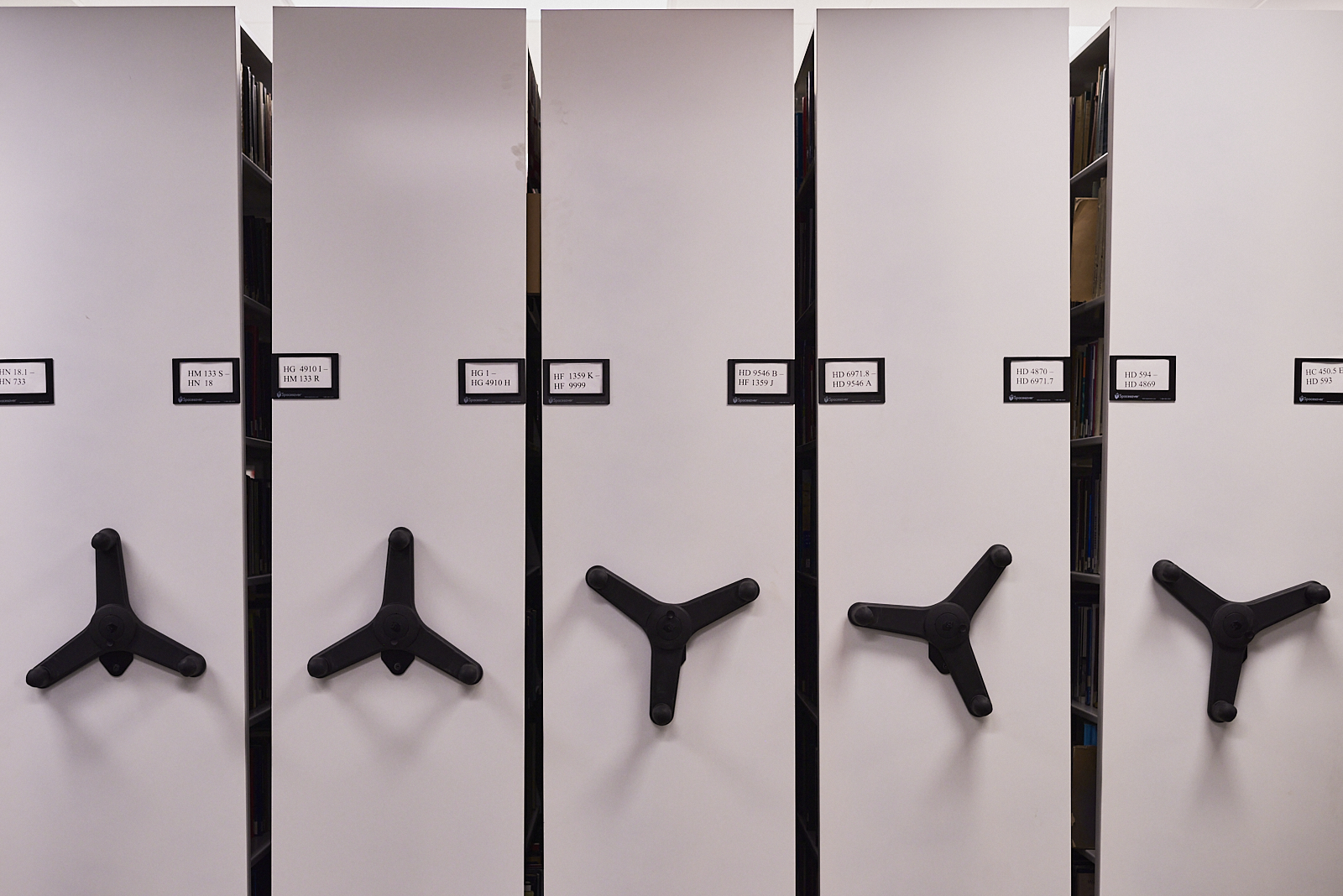In A Sense of Place, A Sense of Time John Brinckerhoff Jackson reflects on the meaning of our increasingly urbanized and industrialized landscapes and how we interact with and live in those spaces. He is neither the first nor the most recent to draw attention to various aspects of the built environment, with a particular focus on vernacular structures, e.g., garages, mobile homes, parking lots. His book does seem to me to be more optimistic than many.
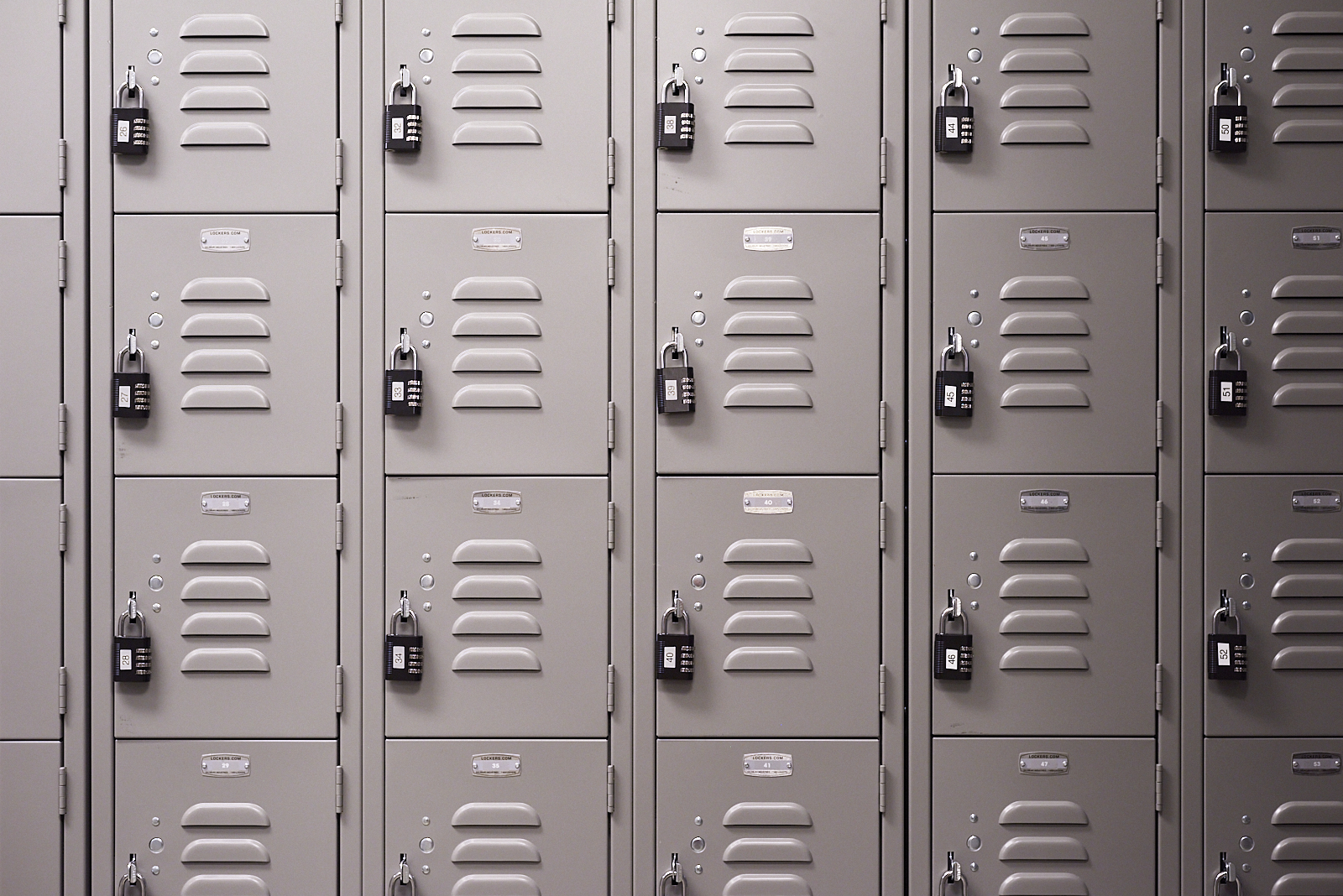
Reading Jackson’s book made me think about the changing vernacular of interior spaces that permeates a significant portion of a new library. What sort of behavior and activities do these spaces encourage? What comparisons to the color schemes and lighting invite? How are different parts of the library marked by different interior spaces? How does it all differ from the former, dank and crowded and dark library?
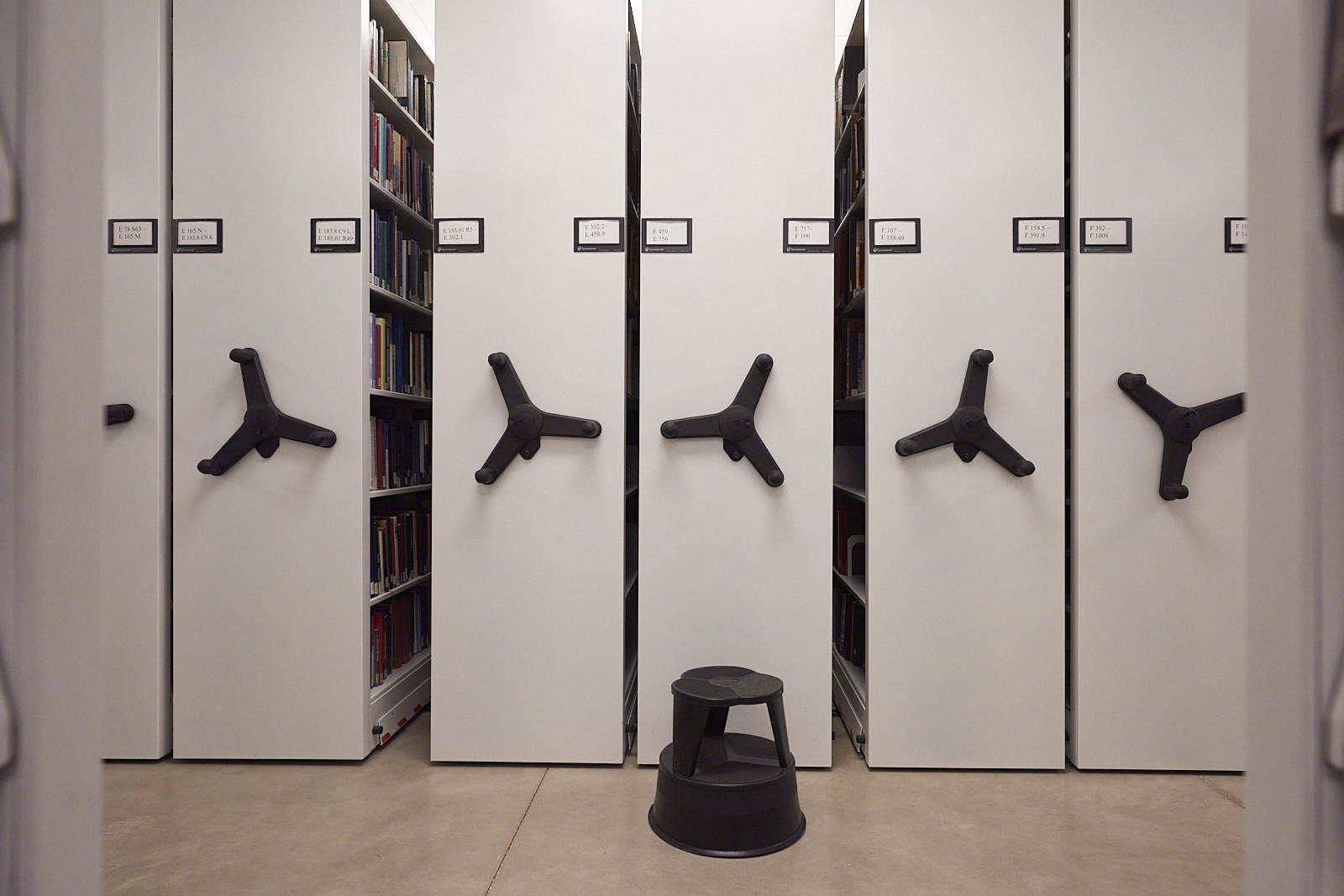
The different floors of the library are intended for different practices, embodied in the layout and decor and furniture on each.
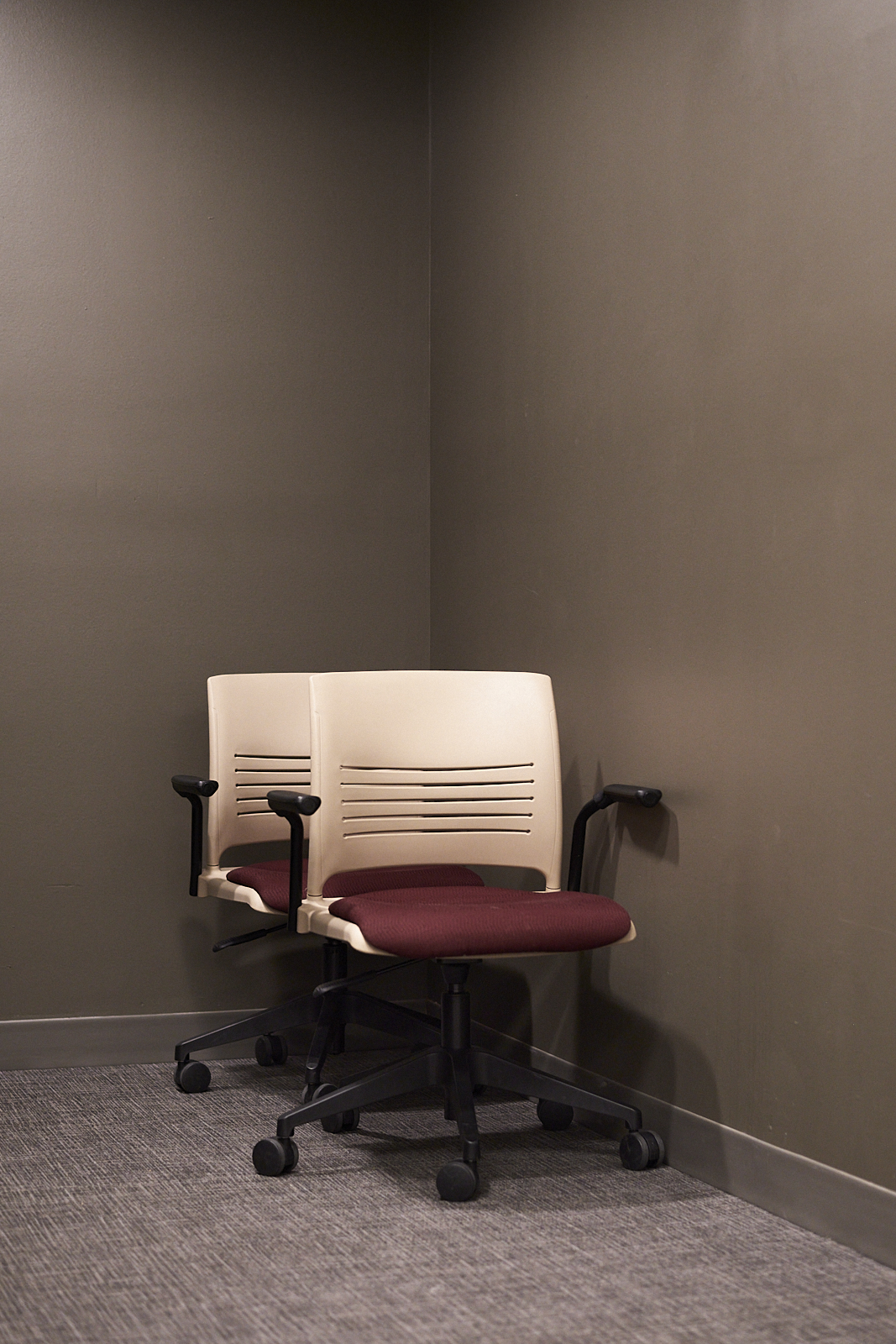
Nobody would relax in these chairs, with their wheels, rigid backs, and spare armrests they are clearly intended to be tools. Roll up to your desk, work, pivot if necessary, roll back. Built for labor not for comfort. Unsurprising to find these near the stacks of books packed tight in their compact shelving.
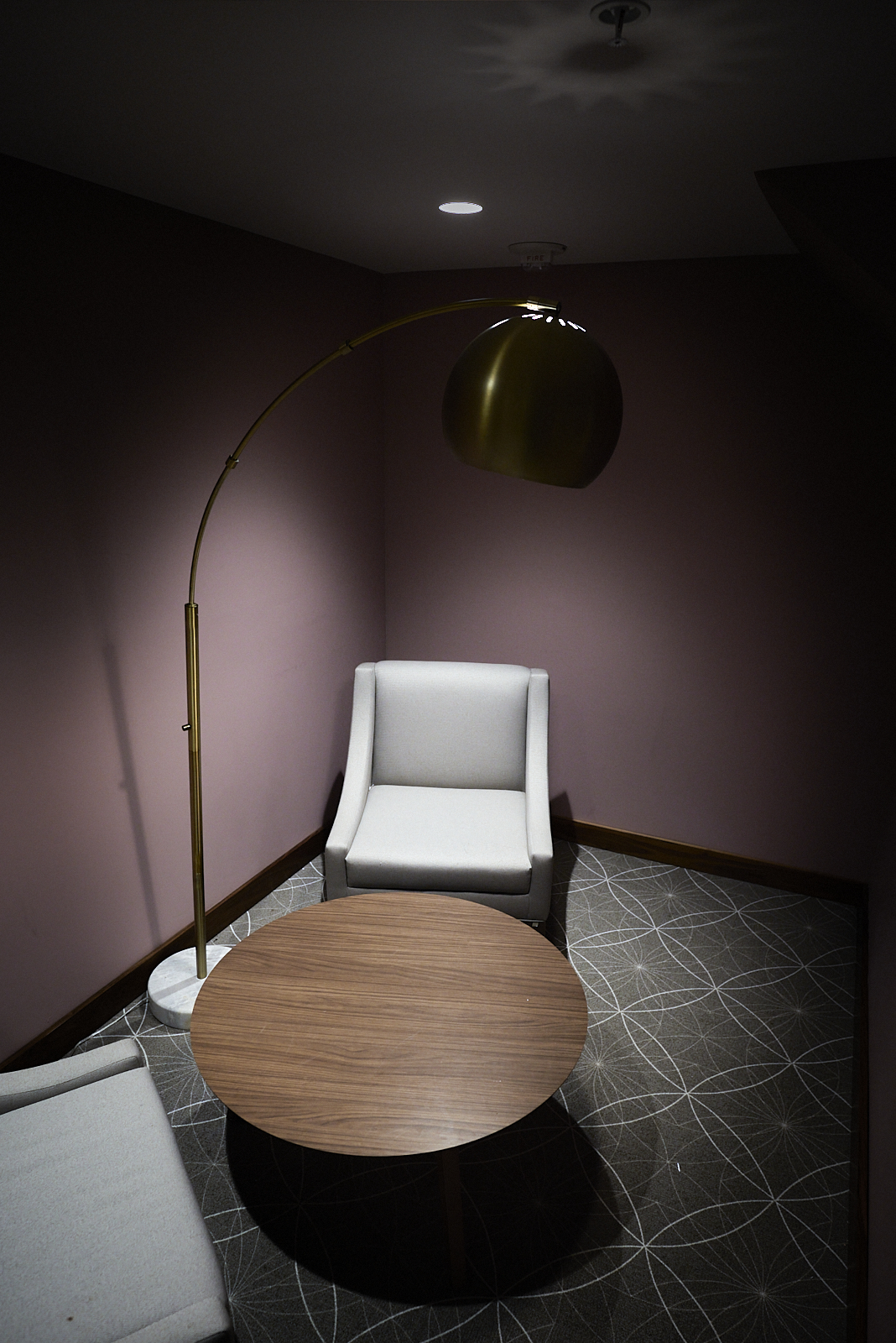
Ascend from the bowels of the building to find comfort, warmer color palettes, and tables that invite leisure rather than work. Nestled in alcoves are comfortable chairs around a table where you can linger, perhaps read a book or chat with a friend. Whatever work occurs here, it is of a decidedly sort from that which happens in the floor below.
There’s a particular, almost poetic beauty to these different spaces. The limited palettes, the orthogonal repetition of the lower floor echo visually the rigid, tabular presentation of information. Down there habits and practices are structured and regularized. One floor up, the welcoming curves of the chairs, the table, the lamp, and soft cushions almost demand a different set of activities. Here conversations and work, insofar as that occurs on this floor, are less regulated. Just as Robert Adams found beauty in truck stops, generic houses, unadorned churches, and roads, we can find beauty in quotidian spaces, with their subtle efforts to shape our behaviors. We just need to pause and linger a bit, to look around.
